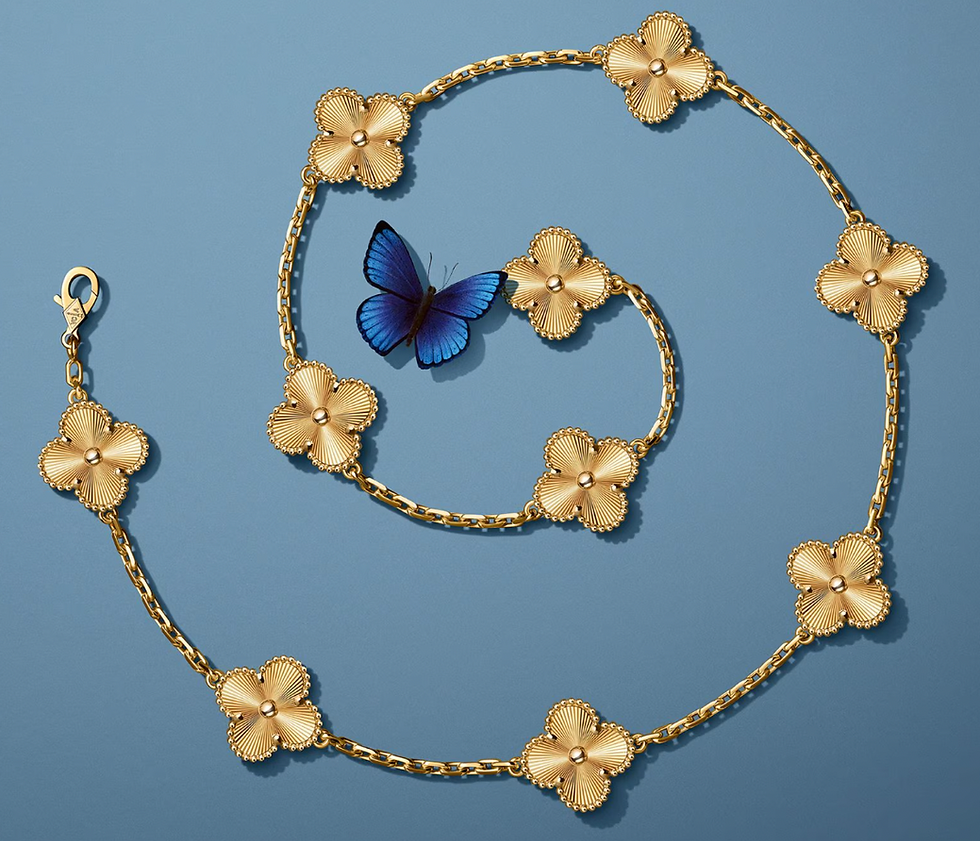From Sketch to Jewel Box: The Stages of Crafting a Precious Stone Ring
- Evaluart

- Jun 27
- 3 min read
Creating a ring set with precious stones is far more than a simple act of craftsmanship — it is a symbiosis of ancestral know-how, technical innovation, and artistic sensibility. Every ring tells a story: that of the stone it enhances, the hand that shaped it, and the person who will wear it. At Evaluart, our mission is to understand, appraise, and authenticate these exceptional objects. To do so, it is essential to fully grasp the intricate process that leads to the birth of a precious ring.
It all begins with an idea, a sketch, often drawn by hand by a designer or jeweller. This technical or artistic drawing captures the proportions of the ring, the placement of the stones, and the curves of the metal. At this stage, the creator also defines the style — solitaire, halo, trilogy, toi et moi — and the spirit of the piece: whether classical, modern, baroque, or minimalist.
Many workshops today use CAD (computer-aided design), which allows for extremely precise 3D modelling of the ring, making it easier to fine-tune and visualise the finished piece.

Choosing the gemstones is one of the most critical steps. Each precious stone — diamond, ruby, sapphire, emerald — is selected for its optical and physical characteristics: color, clarity, cut, weight (carat), origin, and fluorescence. These criteria influence not only the ring’s beauty, but also its value on the market.
Some jewellers opt for exceptional stones from renowned mines (such as sapphires from Kashmir or rubies from Mogok), while others focus on ethical sourcing with certified fair-trade gemstones.
Once the design is approved, the next step is casting the metal: gold (yellow, white, or rose), platinum, or palladium. The jeweller prepares a wax model based on the chosen design, which is then placed in a plaster mold. When the mold is heated, the wax melts and leaves a cavity that will be filled with molten metal. This process, known as lost-wax casting, is an ancient technique still widely used today.

Once the metal has cooled, the rough piece is cleaned of excess material, polished, and refined.
Next comes the setter’s delicate task. Their role is to place the precious stone into its setting and secure it using prongs, beads, bezel, or channel settings, depending on the chosen technique. This step demands extreme precision — one wrong move could damage the stone or compromise the overall design.
Each setting is carefully chosen to enhance the gem’s brilliance, ensure its security, and complement the overall design.

After the stone is set, the ring is polished by hand to reveal the metal’s natural brilliance. Additional treatments may be applied, such as rhodium plating (particularly for white gold) to enhance the luster.
Small hallmarks are often engraved on the inner band: the maker’s mark, the assay mark (certifying the metal’s purity), or even a serial number for high-jewellery creations.
Finally, the ring undergoes a last inspection before being placed in its box — ready to meet the hand it will adorn.
The crafting of a ring set with precious stones is a long, meticulous, yet deeply poetic journey. Each stage is an act of creation and transmission — a bridge between tradition and innovation. To understand this process is to learn how to better love, value, and preserve these jewels.
Do you own an antique or contemporary ring that you wish to have appraised or authenticated? Contact Evaluart, your trusted partner in the world of fine jewellery.




Comments